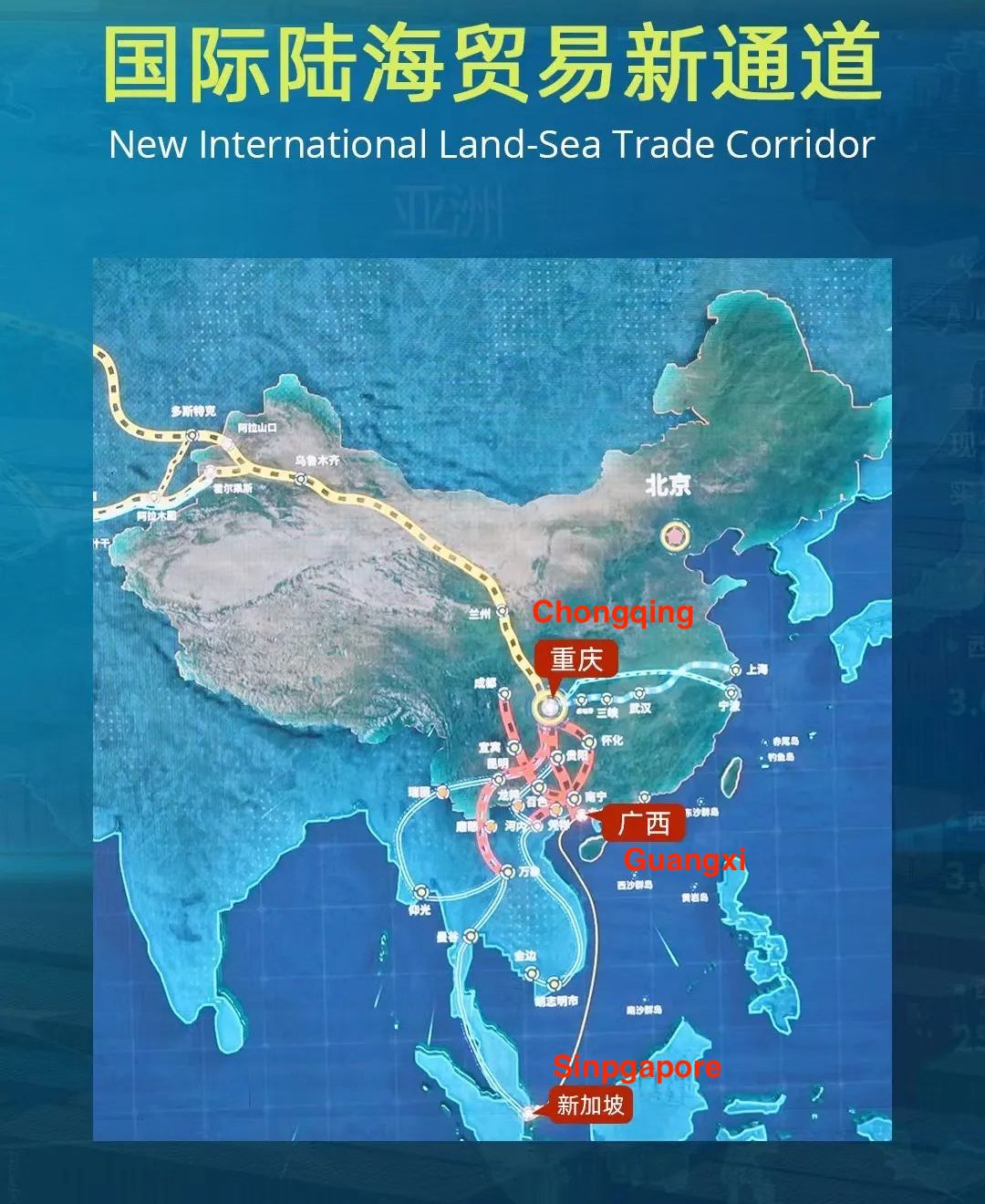China ramps up rail links in South East Asia, this time it’s Malaysia

China delivered the first batch of goods by rail to Malaysia on 8 June. The cargo was shipped from Chongqing, China, to Padang Besar, Malaysia, with a reported delivery time of 13 days. Although not operating as a direct train service between the two countries, this shipment is regarded as the first freight service connecting China and Malaysia solely by rail.
The train departed from Chongqing and later entered Laos via the China-Laos railway. While China uses the standard gauge (1,435 mm), Laos mostly adopts the meter gauge (1,000 mm). However, since the China-Laos railway is designed according to the Chinese standard gauge, no gauge change is needed at the border. Once the train reached the Laotian capital, Vientiane, it shifted to a meter gauge track to continue its journey through Thailand and later Malaysia.
The majority of the cargo on this train consists of industrial spare parts produced in the Chongqing area. The service is expected to save delivery time by over 40 per cent compared to the alternative route connecting Chongqing with Southeast Asia through a southern Chinese port.
Alternative route
The alternative route traditionally involves shipping products from Chongqing to a southern port, such as Qinzhou Port, for further transportation. Currently, this port is positioned as the end destination of another much-needed transportation corridor in China, the New International Land-Sea Corridor. The corridor aims to create better synergy between rail and this southern port, benefiting products shipped to or from Southeast Asia.

The rail-sea intermodal volume on this corridor has already exceeded 300 thousand TEU in May, an increase of 14 per cent on a year-on-year basis. The corridor itself is growing alongside the increasing trade volume between China and Southeast Asia. With the China-Laos railway joining the game, this corridor represents more possibilities for faster supply chain solutions between China and Southeast Asia.
Also read:




